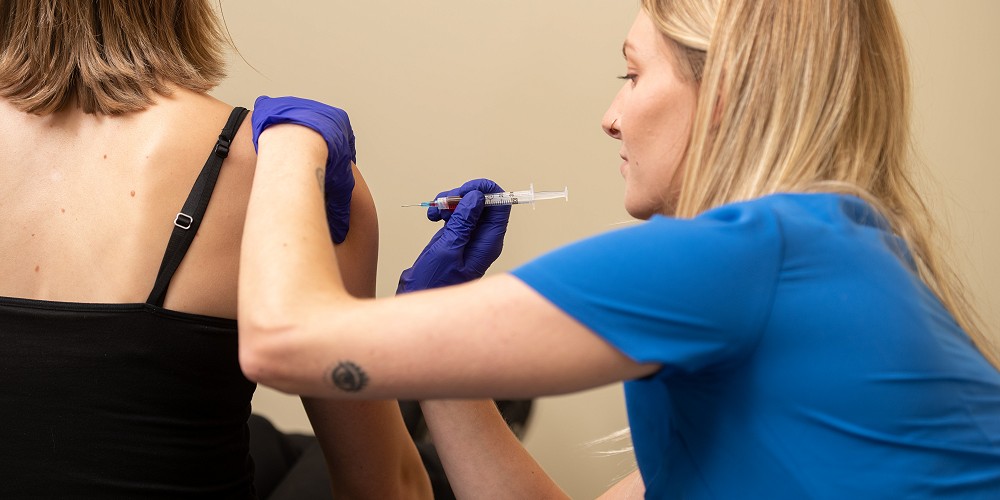Options for Hand and Finger Osteoarthritis (OA)
Article by Dr. Kelly Robertson
Osteoarthritis (OA) can affect many joints, including those located in the hands. Hand osteoarthritis may lead to pain, reduced hand function, and reduced quality of life. Many people experience hand OA, but what are some of the treatment options?

Commonly utilized treatment options include:

Topical Non-steroidal anti-inflammatory (NSAIDS):
Topical NSAIDS are an option to reduce inflammation and the experience of pain, without the potential adverse effects associated with oral medications.
Splinting:
More commonly used with thumb OA, splinting can reduce the experience of pain when done consistently.
Exercises and physical therapy:
There are a variety of physical treatments and exercises that can improve symptoms of hand OA, while also improving strength of the affected hand.
Oral Anti-inflammatories:
This therapy is generally reserved for those not responding to the above therapies.
Injectable therapy options:

Prolotherapy Injections:
Prolotherapy consists of an injection into the affected joint(s). The injection contains a dilute dextrose substance which induces a regenerative immune response within the affected joint. Prolotherapy has been found to improve pain at rest, pain with movement, range of motion, as well as grip strength in patients with hand and finger OA.
Platelet Rich Plasma (PRP) injections:
Platelet rich plasma injections are also a regenerative therapy. PRP is comprised of isolated components of the blood that trigger a restorative immune response when injected into the affected joint. Studies indicate that PRP improves pain scores as well as functionality when injected into an osteoarthritic joint.
Glucocorticoid injections:
Cortisone injections are widely utilized for musculoskeletal pain. Although there is mixed evidence regarding response to cortisone injections, there are studies showing that cortisone injections into the joints of hand can reduce finger pain, decrease joint swelling, and improve functionality of the affected joints.
Consult with Dr. Kelly Robertson, ND, to see if any of these treatments may be an appropriate option for you!
References:
https://www.uptodate.com/contents/management-of-hand-osteoarthritis/abstract/46
https://pubmed.ncbi.nlm.nih.gov/10976977/
https://www.ncbi.nlm.nih.gov/pmc/articles/PMC7015825/
https://pubmed.ncbi.nlm.nih.gov/26233501/
You May Also Like...
-
 ArticleView Post
ArticleView PostTrigger Point Injections for TMD: A Targeted Approach to Jaw Pain
Jaw pain can be frustratingly persistent. In certain cases, trigger point injections can be a very effective treatment.
-
 ArticleView Post
ArticleView PostInjectable Therapy (Part 1 of 2): Prolotherapy, PRP, and Cortisone
Nearly 8 million Canadian residents are living with the diagnosis of chronic pain1. Living with pain can impact one’s abilities to participate in activities of daily living—such as work, school, and socialization. There are many possible branches of treatment for chronic pain, and this article highlights the positive role that injectable therapies can have.
-
 ArticleView Post
ArticleView PostDOMS: delayed onset muscle soreness
Build an understanding of why our muscles get sore and help mitigate the discomfort associated with soreness.